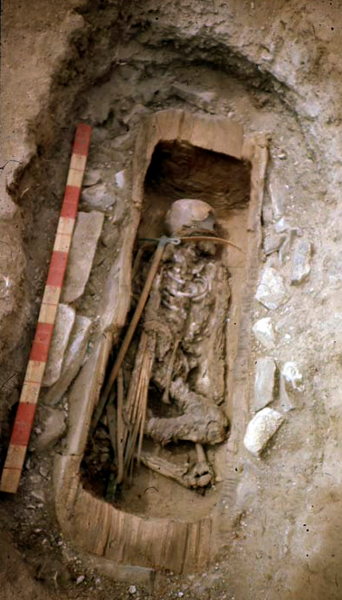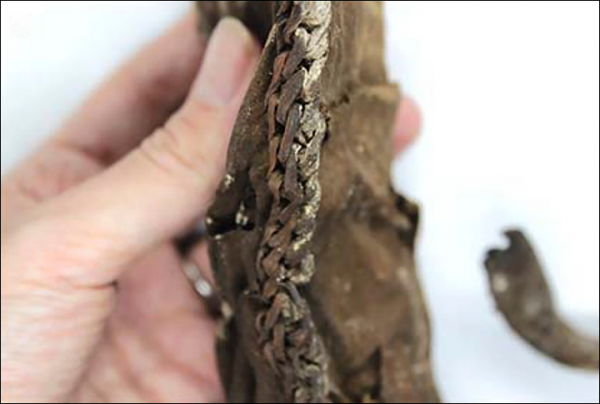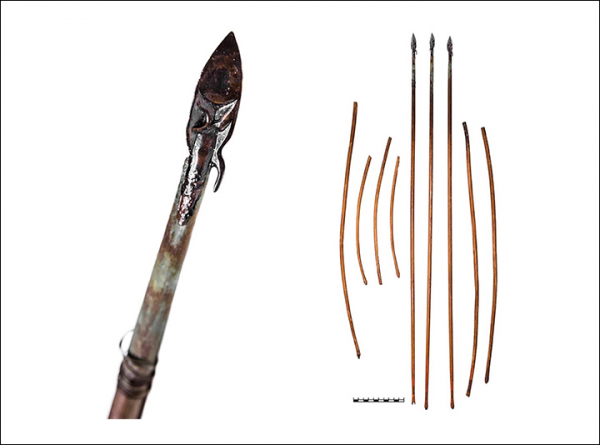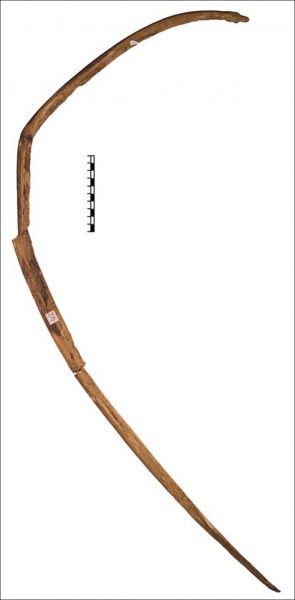It’s a girl! 13-year-old ‘Amazon warrior’ Lived 2,600 Years-Ago
Amazon warrior: Forty or 50 years ago, archaeologists and historians involved in important digs had only remains to go by when they tried to identify who or what lay buried in an ancient grave.
They could trust what their eyes — and their knowledge — told them, but to a large degree they had to simply hope that those tools were enough when making a guess, albeit an educated guess, at a grave’s contents.
Today, the tools at these experts’ disposals are much more refined, and much more technologically advanced.

And it is thanks to a kind of that technology, genetic analysis, that the remains of a young person found in Siberia in 1988 have finally been correctly identified.
Although back then archaeologists surmised that the skeleton belonged to a young man, the new examination of the skeleton has proved conclusively that, in fact, the remains are those of a 13 year old girl.
Skeletons are notoriously tricky to identify, particularly when the bones are clearly of a young person. So often, experts used the contents of the grave as a kind of ancillary guide when identifying gender.
This grave, in Tuva province, contained all manner of weapons, and so with that in mind archaeologists assumed they’d found the grave of a young man, probably a fighter of some sort.

Now, the team at the Moscow Institute of Physics and Technology has announced that not only does the skeleton belong to a young, teenage girl, she was likely a warrior from the Scythian civilization, a warrior who fought battles on horseback and killed enemies right alongside her male counterparts.
Among the weapons found at the burial site was an arrow with a bronze tip, a second arrow with a bone tip, and other deadly accoutrements.
These “Amazon warrior” women, as they are often described, lived by a strict code; for example, they did not engage in physical intimacy until they had killed at least three foes. Furthermore, they did not marry until they had led certain sacrificial ceremonies and rituals.
The institute brought in other experts from the St. Petersburg Institute of Material History Culture, and Dr. Marina Kilunovskaya was one of the archaeologists involved in testing the remains.

She recently told the Siberian Times that the girl bore a striking facial feature that caught everyone’s attention. “It was so stunning… with that wart, looking so impressive,” she said. The girl was buried in a wood coffin about 2,600 years ago.
According to Dr. Kilunovskaya, using genetic sequencing is going to bring a whole new insight to archaeological research, and will allow experts to perform far more accurate analysis on remains, particularly those that are hundreds, or even thousands of years old.
In the case of the warrior girl and others like her, new information about their culture and societal habits have been discovered, thanks to the technological examination the team performed.

“This opens up a new aspect in the study of the social history of Scythian society,” she explained to the Times. “(It) returns us to the myth of the Amazons that survived…it introduces a new touch to the early structure of early nomadic society.”
Amazon warrior women were thought for decades to be little more than legend, not actual fighters who went into battle alongside male soldiers. But now, as the remains of this young girl found in Siberia attest, that myth may be far more grounded in true history than many experts once believed.
The genetic analysis also proved another important fact: continuing to do research, even long after archaeologists and scientists are convinced of what they found, is key to learning new and important details about societies and cultures that came long before us.





